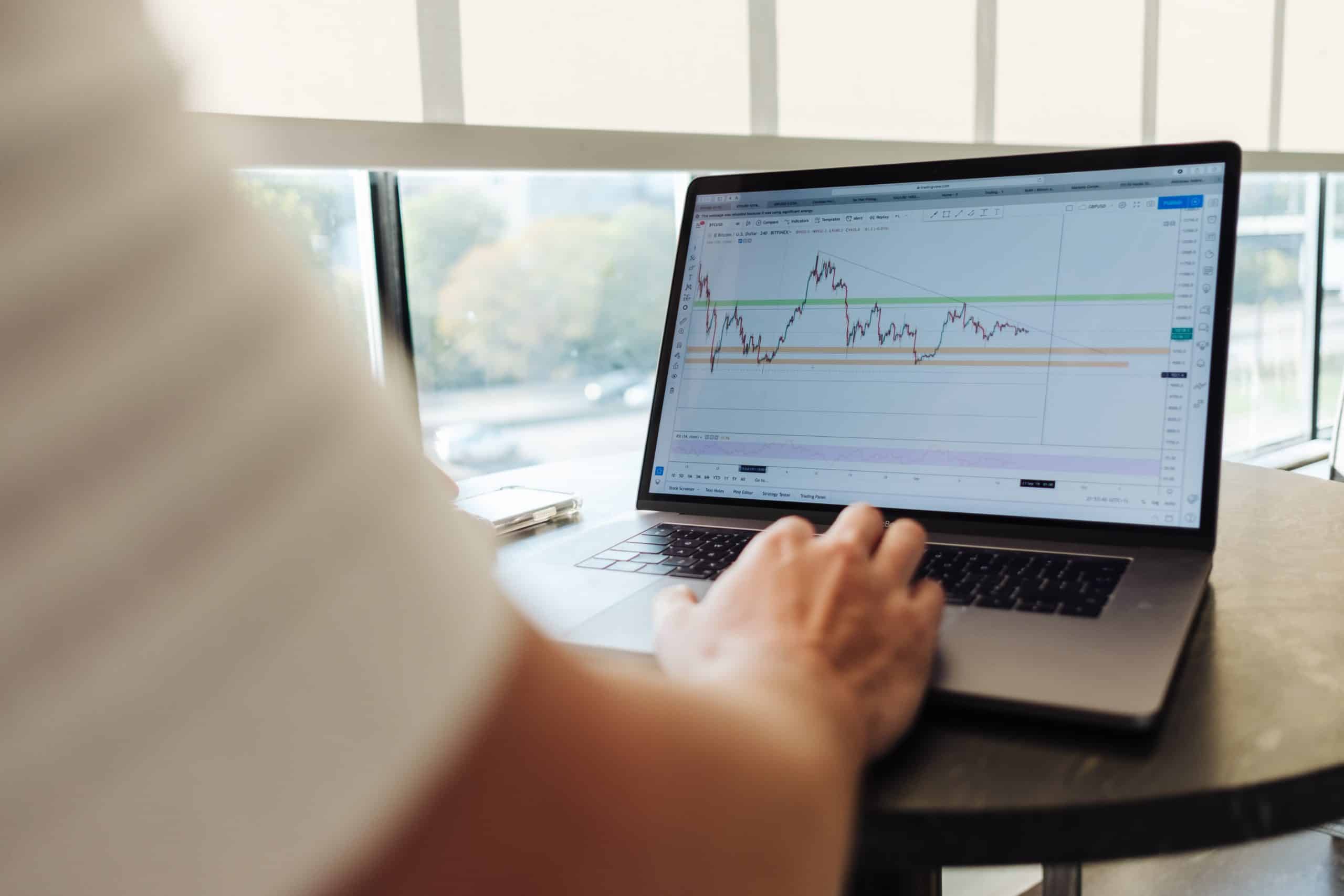There are countless reasons crypto markets might topple, ranging from hawkish economic policies to fears of inflation and, more recently, the destruction of giants like FTX and Terra. Sometimes, however, two other factors play a role behind the scenes: “leverage” and “margin calls.” These two tools are systemic in crypto trading but can often be catastrophically dangerous. Here’s how they work:
An Introduction to Leverage and Margin Trading
Margin trading is, at heart, a way for investors to trade with more than they actually have on hand, trading with borrowed money that magnifies both gains and losses. The “margin” refers specifically to collateral that investors pledge to a broker in return for access to borrowed funds; the “leverage” refers to the increased purchasing power that arises as a result.
While built for stable markets like forex, margin trading has become quite popular in the cryptosphere, where the volatility makes it an exciting—if treacherous—pastime.
How Does Margin Trading Work?
The trader first deposits margin with his or her preferred broker, the same way someone might pledge a beachside property to a bank in order to take out a second mortgage. Then, the trader can borrow leverage—i.e., loaned funds—against that margin, which may vary between a mild 2X (double the purchasing power) and the exceedingly risky 100X, depending on the broker. The leverage attracts interest, which the trader must pay during settlement. Finally, the trader can open long or short positions using the accumulated capital.
Here are some well-known margin trading platforms and their key features:
Centralized
- Binance: most liquid, leveraged tokens
- Bybit: no “know your customer” anti-money laundering requirements, up to 100X leverage
- Kraken: significant depth, reasonable fees
Decentralized
Marginal Danger
Here’s where margin trading and leverage get chaotic—and very, very risky. To protect themselves from insolvency, brokers have the right to “margin call” a trader’s account. A margin call occurs when a change in price leaves traders with insufficient collateral to cover potential losses, and is basically a polite request for them to top up their margin with extra cash. If a trader fails to honor the call, their margin is “liquidated”—that is, sold off to ensure they don’t end up indebted to the exchange.
There is a reason exchanges don’t want their users’ trading losses to exceed their supply of margin. Indebted users weigh on exchanges’ solvency and imperil their balance sheets—as was made clear by FTX, the world’s second-largest cryptocurrency exchange, which went under spectacularly in November 2022 following a run on its deposits. The run, as has been documented widely in the last few months, was sparked by reports that the exchange’s sister firm, Alameda Research, had used billions of dollars of FTX’s customer funds to make huge, leveraged bets, using only a token it had invented, FTT, as margin. When FTT fell to nearly zero, Alameda was unable to settle its vast position and wound up billions of dollars in debt to FTX customers. Since FTX didn’t have enough liquidity to pay back customers, it collapsed.
Beyond this extreme example of the risks of leverage, there are a number of others:
- Leverage risk: Leverage can amplify losses just as it multiplies gains, making margin traders more emotionally sensitive to sudden price movements.
- Liquidation risk: Traders who fail to meet margin calls face automatic liquidation, in which assets are algorithmically sold off (though FTX’s own proprietary trading house was notably exempt from this). The FTX-induced carnage led to a cascade of liquidations and prices falling further.
- Volatility risk: Higher leverage leads to more sensitive positions, reducing the reaction window available to traders to meet their margin call demands. During volatility, the most leveraged positions are first in line for liquidation.
- Counterparty risk: When trading on a centralized exchange, there is a risk that it could be hacked or could fail, leading to loss of funds. Counterparty risk is often unquantifiable, making it the most difficult risk to assess, as evidenced by the case of FTX.
The Bottom Line
Leverage is a powerful tool that tests greed, trading proficiency, and a trader’s knowledge about the crypto market. The intensity of leverage can help assess the market’s perception about the state of the underlying asset. However, traders using leverage must never bet more than they can afford to lose. When it comes to leverage, it may indeed be safer not to trade anything at all.




